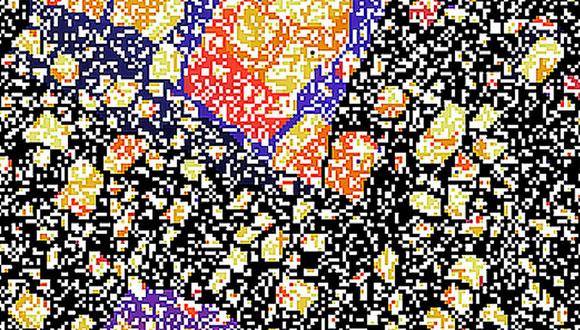Biological & Soft Matter Seminar: Membrane mechanics in vesicle generation and fusion
Dr. Raya Sorkin, TAU
Abstract:
Membranes compartmentalize living matter into cells and subcellular structures. Many life processes involve membrane topological changes and remodelling: the uptake of materials via endocytosis and secretion by exocytosis, the generation of intra or extra-cellular vesicles as well as various membrane fusion processes. In order to get to the bottom of these fundamental physiological processes it is vital to study membrane mechanical properties and membrane deformation. In this talk I will present the results of our research on several aspects of vesicle generation and membrane fusion using single molecule techniques. By means of an AFM force spectroscopy study we characterized the mechanical properties of small natural vesicles, called extracellular vesicles (EVs). Investigating the mechanical properties of these vesicles and their lipid and protein content provided new insights into the still poorly understood processes underlying vesicle generation. Acoustic Force Spectroscopy (AFS) was the choice for our novel methodology to measure cell mechanical properties. It enabled our finding that uptake of EVs by cells changes cellular deformability, a process that may have implications in several disease states where EV levels are significantly elevated, such as malaria and breast cancer. Combining optical tweezers with confocal fluorescence microscopy was the perfect tool for the investigation of membrane remodelling by calcium sensor proteins which are crucial in neuronal communication. We discovered surprising differences between the action mechanisms of two structurally similar proteins, Doc2b and Synaptotagmin-1 (Syt1), as determined by quantifying the strength and probabilities of protein-induced membrane-membrane interactions. Overall these fundamentally new insights into central biological processes were possible by our biophysical characterization of membranes using a powerful combination of single molecule techniques: Optical tweezers combined with confocal fluorescent microscopy, AFS and AFM.


